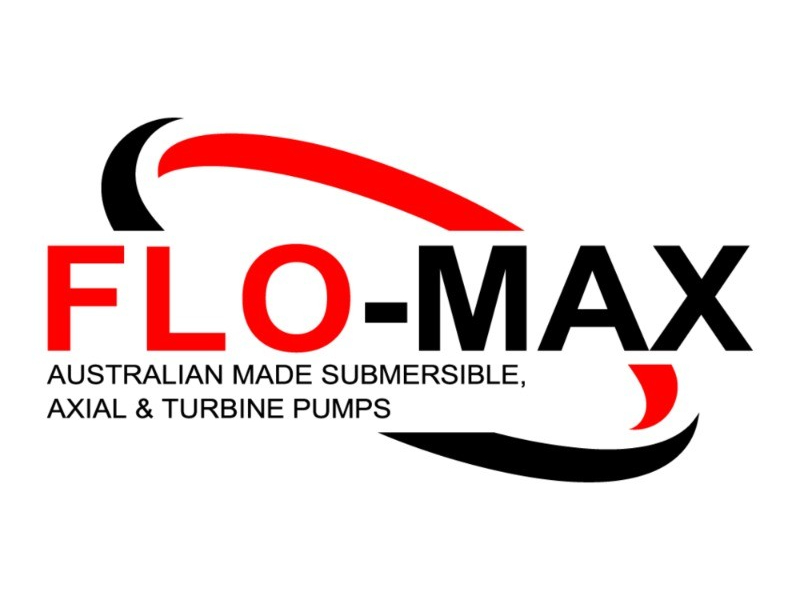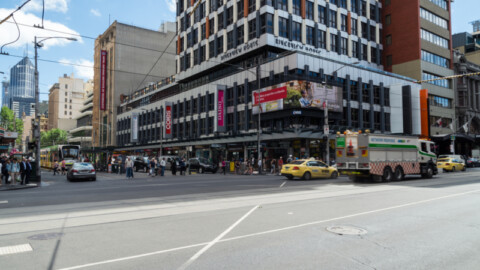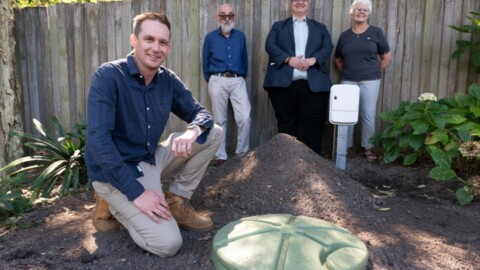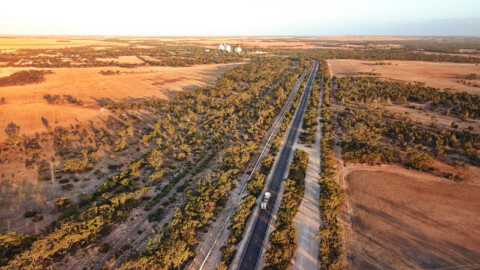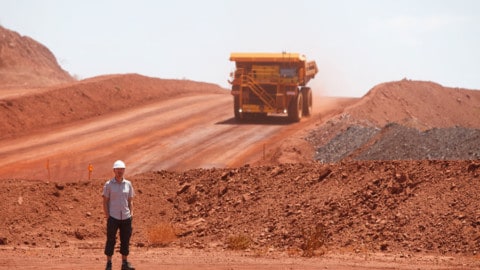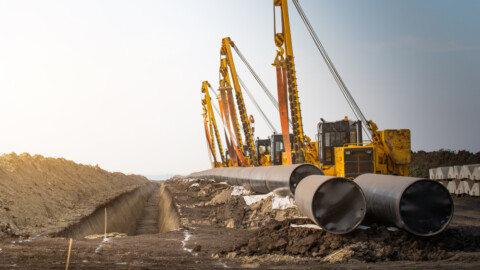On the rocky Antarctic plateau adjacent to the Larsemann Hills, at temperatures down to minus 40°C, India has been operating a science research station since 2012. Named “Bharati”, after the Hindu goddess of wisdom and knowledge, it serves as headquarters for climate change and oceanographic research.
This high-tech station consists of one main building, fuel farm, fuel station, seawater pump house, a summer camp and a number of smaller containerised modules.
The main building offers regulated power supply, automated heating and air conditioning with hot and cold running water, flush toilets, sauna, cold storage, PA system, living areas and laboratory space.
To enable Bharati’s researchers to continue their vital work in extreme conditions during the Antarctic winter, it required especially robust drinking water and heating solutions.
 Drinking water hygiene is particularly vital at the remote location. Contamination by legionella or similar harmful microbes would be disastrous not only for the researchers – but the very future of the mission would be placed at risk.
Drinking water hygiene is particularly vital at the remote location. Contamination by legionella or similar harmful microbes would be disastrous not only for the researchers – but the very future of the mission would be placed at risk.
That is why the planners chose Viega’s Sanpress Inox system with pipes made of premium quality EN1.4521 stainless steel, and Viega Easytop circulation regulating valves that ensure the hot water is kept at a constant 60°C.
The facility’s thermal disinfection system provides further protection against legionella, while Easytop extraction valves allow easy regular monitoring of drinking water quality.
Kerosene is used to generate heat and power, because it remains liquid down to minus 54°C. To aerate the tank, Indian engineers installed the Viega Sanpress Inox G piping system because of its permanent resistance to the media being pumped. Sanpress Inox G is usually used for gas and heating oil pipes and it was launched in Australia in 2013.
 The Viega Prestabo galvanised steel system was used for Bharati’s heating installation. To prevent the heating water from freezing, a 57 per cent glycol-L additive is mixed into it.
The Viega Prestabo galvanised steel system was used for Bharati’s heating installation. To prevent the heating water from freezing, a 57 per cent glycol-L additive is mixed into it.
For the project, Viega tested the reaction of the EPDM sealing rings to such extremely high glycol content levels.
The end result: the sealing rings of the press connectors are fully usable for the heating water/glycol mix. They are also suitable for operating temperatures from minus 40°C up to 80°C plus.
Around 25 people will be working under extreme conditions at the Bharati station all year round for at least 20 years – in part thanks to Viega press-fit technology.
This partner content is brought to you by Viega. For more information, visit www.viega.com.au.





